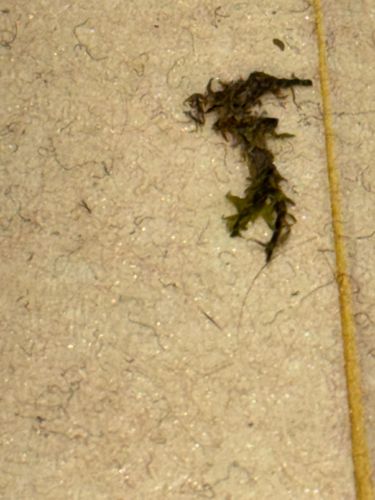Bagworm Moth Larva (Casebearer)
Scientific Name: Thyridopteryx ephemeraeformis (often generalized for case-bearing moth larvae)
Order & Family: Lepidoptera, Psychidae
Size: Larval cases can range from 1/4 inch (6 mm) to over 2 inches (5 cm) in length, depending on the species and stage of development. The adult moths are typically small to medium-sized.

Natural Habitat
Found on a wide variety of trees and shrubs in temperate climates, often in gardens, orchards, and wooded areas. The larva constructs a case from silk, twigs, leaves, and other debris, which it carries with it.
Diet & Feeding
The larvae are herbivorous, feeding on the foliage of evergreen trees (like juniper, arborvitae, cedar, pine, spruce, and fir) and deciduous trees (like maple, oak, sycamore, and willow). They consume leaves and needles from within their protective cases.
Behavior Patterns
Bagworm larvae are known for building and carrying a camouflaged case made from plant material and silk. They extend their head and legs from the case to feed and move, retracting fully when disturbed. The case grows with the larva. Pupation occurs inside the case. Adult males are winged and fly to seek out flightless, wingless females, who remain in their cases to lay eggs.
Risks & Benefits
Potential risks include significant defoliation of ornamental plants and trees, especially evergreens, which can lead to tree death if infestations are severe and prolonged. They are considered agricultural and horticultural pests. There are no direct benefits to humans, but like other insects, they play a role in the ecosystem, and their predators (birds, other insects) benefit from them as a food source.
Identified on: 9/9/2025